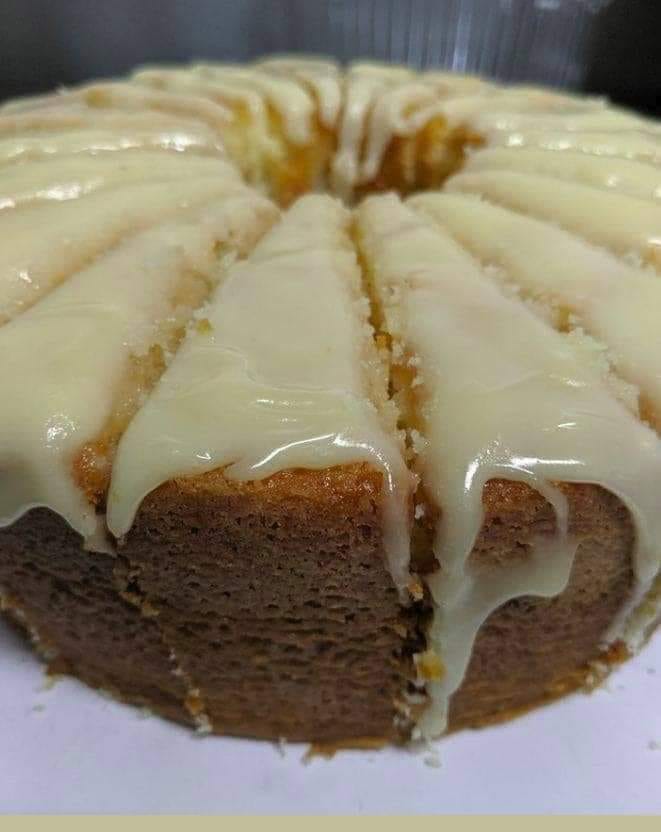Bundt cakes are thick and can take a while to bake through. To ensure even baking, place the Bundt pan on the middle rack of the oven, and if you’re using a dark-colored pan, consider reducing the oven temperature slightly to prevent the edges from over-browning.
4. Cool Before Inverting: Let the cake cool in the pan for 10-15 minutes before inverting it onto a wire rack. This cooling period helps the cake firm up slightly, making it less likely to break apart when unmolded.
5. Add the Glaze at the Right Time: For a glaze that soaks into the cake, apply it while the cake is still warm. If you prefer a glaze that sits on top, wait until the cake has cooled completely.
The Cultural Significance of Bundt Cakes
The Bundt cake has become an integral part of American baking culture, often associated with celebrations, potlucks, and family gatherings. Its iconic shape makes it a visually appealing centerpiece, and its rich history adds a sense of tradition to any occasion.
While the Bundt cake is particularly popular in the United States, its influence has spread globally, with variations appearing in kitchens around the world. In Europe, similar cakes are baked for holidays and special events, while in Asia and Latin America, the Bundt cake has been adapted to include local flavors and ingredients.
Conclusion
The Bundt cake is a classic dessert that continues to stand the test of time. Its unique shape, moist texture, and versatility make it a favorite for bakers and dessert lovers alike. Whether you’re baking a simple vanilla Bundt cake or experimenting with more complex flavors, the Bundt cake is a dessert that never disappoints. Its ability to adapt to different tastes and occasions ensures that it will remain a beloved treat for generations to come.
Continue Reading in next page

